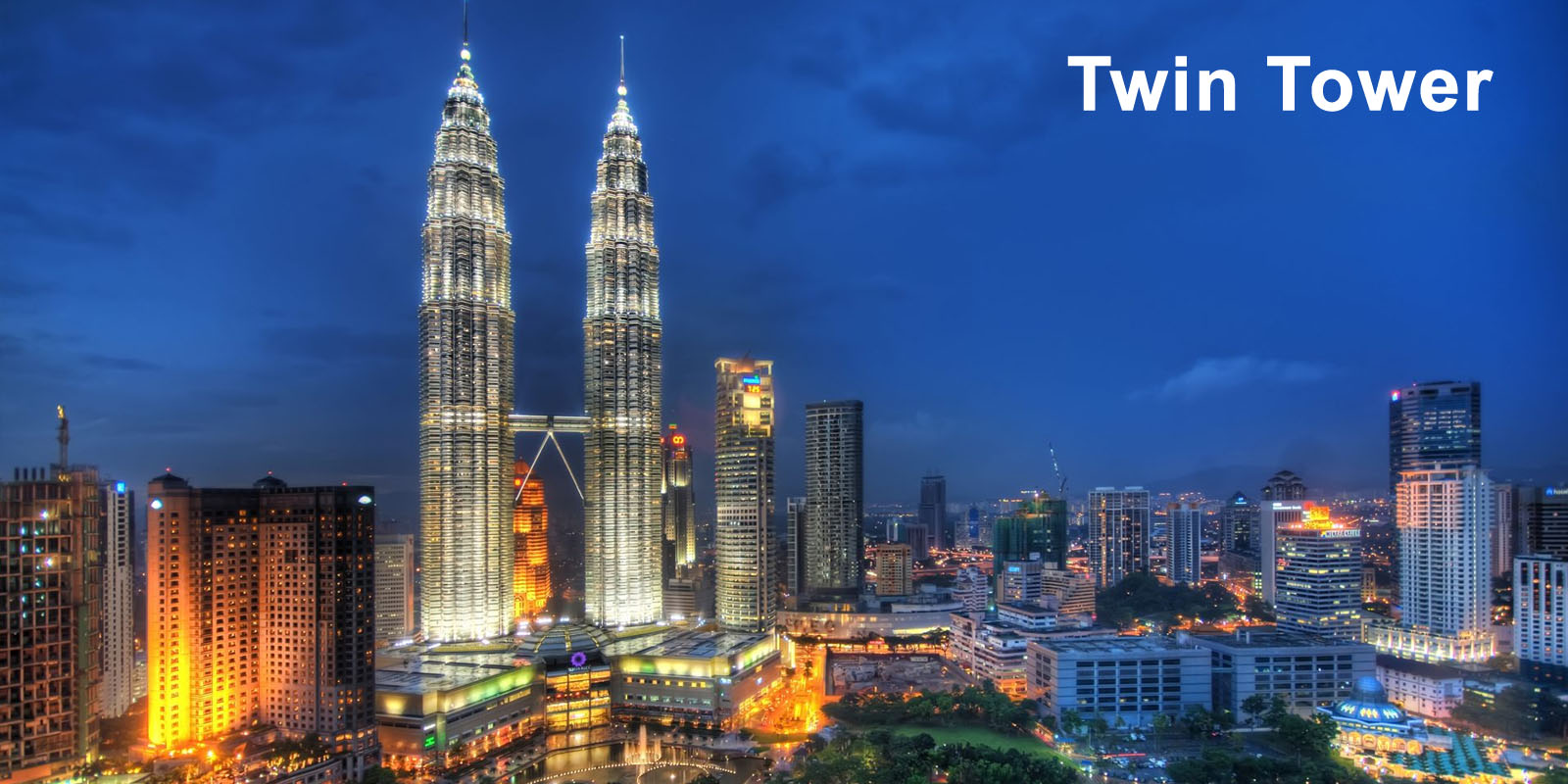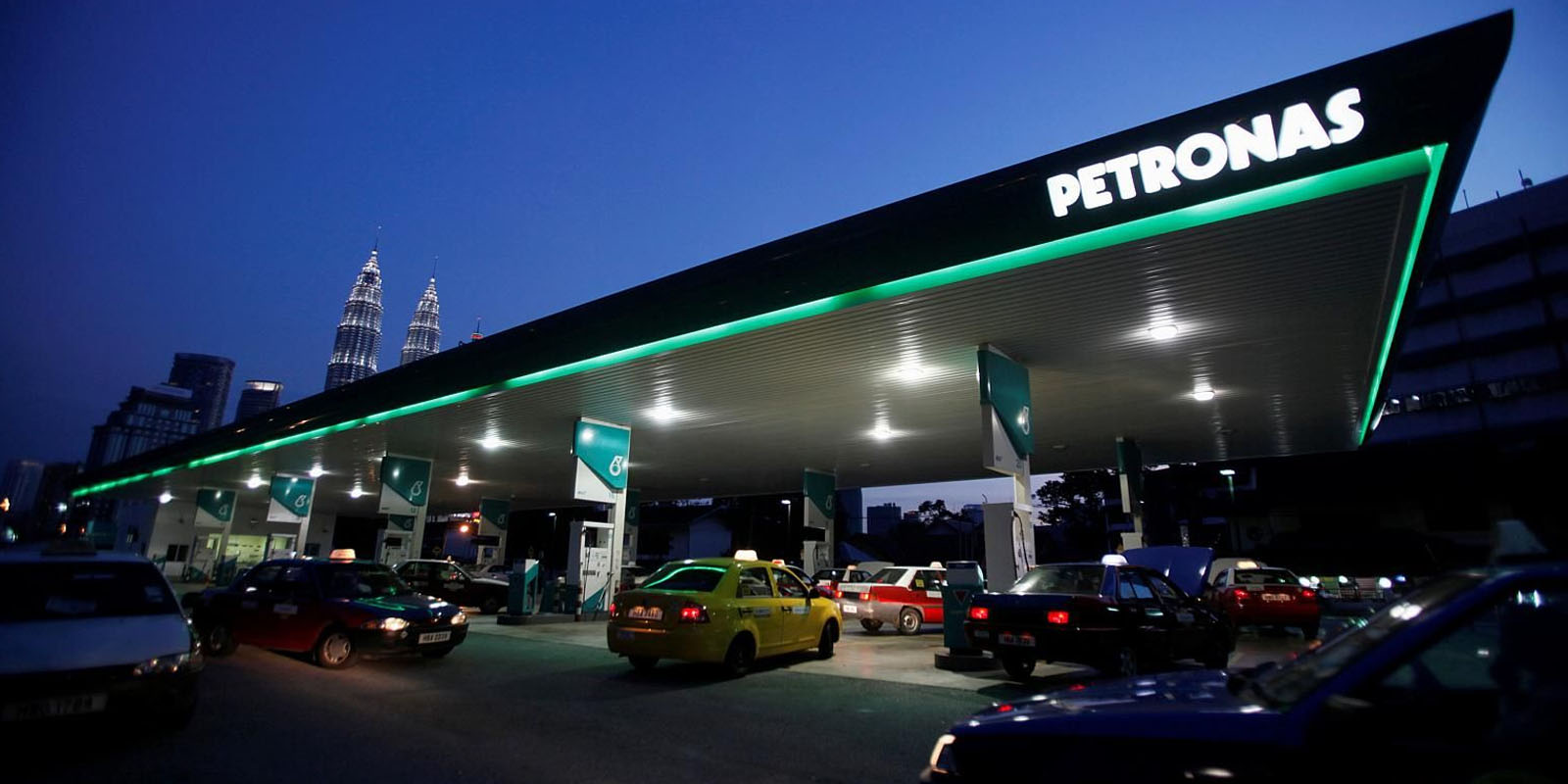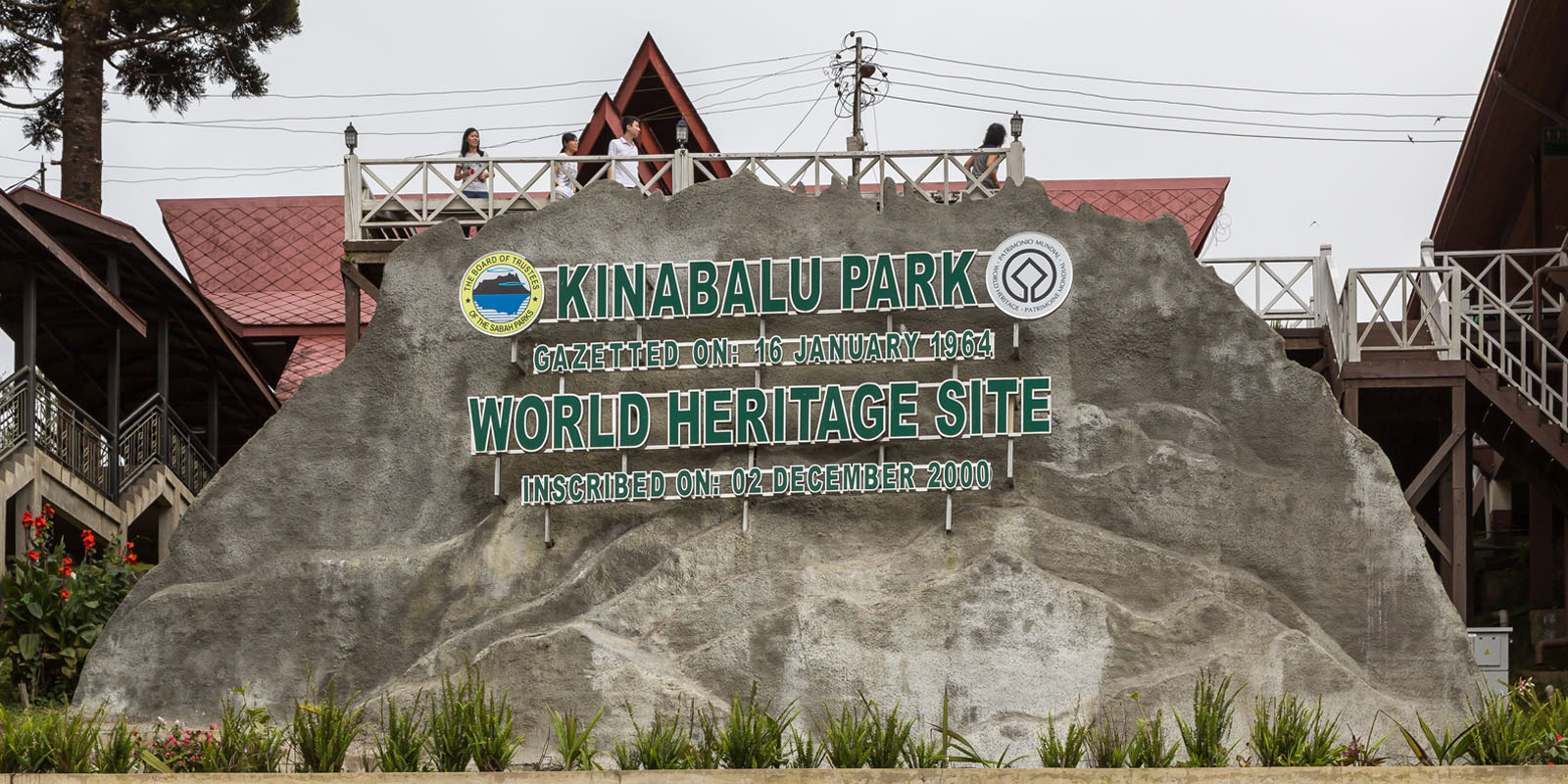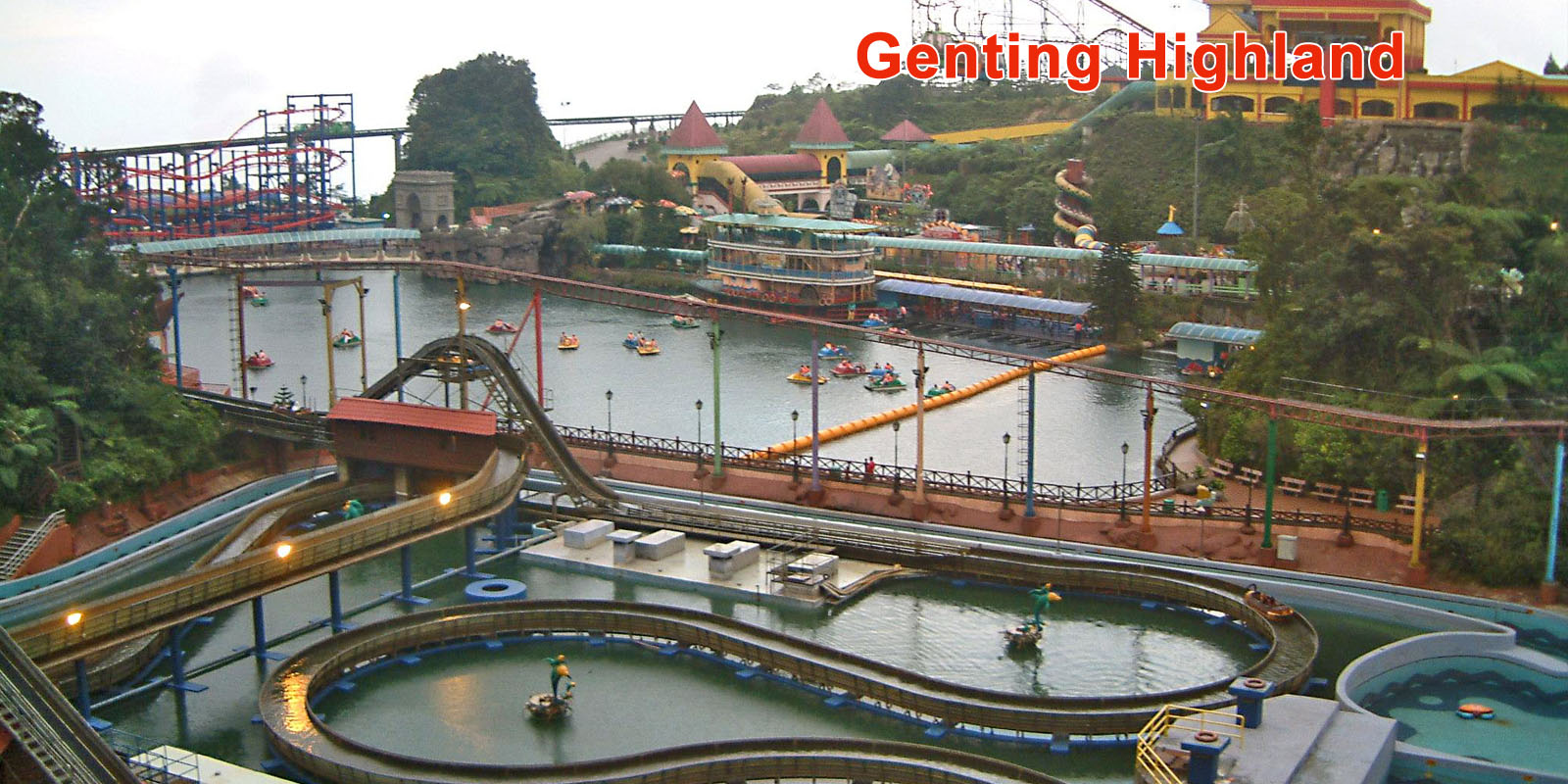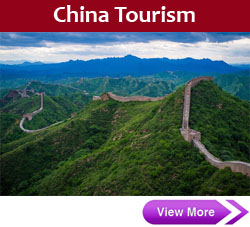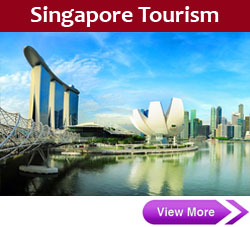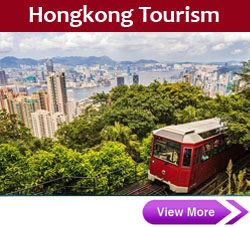
Kuala Lumpur
Kuala Lumpur is the capital city of Malaysia, boasting gleaming skyscrapers, colonial architecture, charming locals, and a myriad of natural attractions. Divided into numerous districts, its main hub is called the Golden Triangle which comprises Bukit Bintang, KLCC and Chinatown. KL is widely recognised for numerous landmarks, including Petronas Twin Towers (the world’s tallest twin skyscrapers), Petaling Street flea market, and Batu Caves, which is over 400 million years old.

Penang
Penang – a world renowned exotic holiday destination – was known, once upon a time, as Pulau Pinang or the “Isle of the Betel Nut”. Listed as a UNESCO World Cultural Heritage Site in 2008, this virgin paradise has no shortage of cultural sights and natural scenery.
Nicknamed the Pearl of the Orient, Penang is famous for its soft sandy beaches and is fondly regarded as the food capital of Malaysia. Some of the most interesting sites of Penang include the sandy beaches of Tanjung Bungah, the landscape from the summit of Penang Hill and the vipers in the Snake Temple. The quaint nooks and crannies of Georgetown and the Tropical Spice Garden – the only spice garden in South East Asia – as well as Penang’s many flea markets, pasar malams’, KOMTAR and modern shopping malls also merit a visit.

Langkawi
Langkawi is an archipelago made up of 99 islands on Malaysia’s west coast. Surrounded by turquoise sea, the interior of the main island is a mixture of picturesque paddy fields and jungle-clad hills. If you’re intent on carting off duty-free alcohol, cigarettes and chocolate, then this is the place to be. Still, nature lovers will find the island just as agreeable as the shoreline is fringed by powder-fine sand and swaying coconut trees.
The island is especially recognised for its excellent diving opportunities and this tropical gem hides a treasure trove of other exciting holiday opportunities. From the expansive Underwater World Langkawi along Pantai Cenang to the soaring Cable Car in Pantai Kok, Langkawi is an electrifying locale that keeps visitors coming back for more.

Malacca
Malacca is the historical state of Malaysia, rich with heritage buildings, ancient landmarks and colonial structures. It was here that colonial forces first made contact with Malaysia, which eventually shaped the country into its current economic and political system.
Today, in Malacca, you can still see the imprints of British, Dutch and Portuguese forces left behind in forts, museums, churches and towers. Visit Malacca for the cultural experience of a lifetime.

Sabah
Located on Borneo Island’s north-western side, Sabah is known for its super-sized offerings. The rafflesia – the world’s largest flower – is a parasitic plant that blooms here to a whooping one metre in diameter and the 30cm-long Kinabalu giant red leech (longer than the average human male foot) lives here. Additionally, the 4095m Mount Kinabalu – a granite fortress that’s known as the loftiest peak between the Himalayas and New Guinea – is found in Sabah’s Kinabalu National Park, a World Heritage Site. Falling just below the typhoon belt, there's a variety of natural riches on parade in the fertile region, plus the state experiences a balmy tropical climate, making it the perfect place to visit all year round.

Sarawak
Sarawak is the largest state in Malaysia, occupying the north-western coastline of Borneo. Known as the Land of the Hornbills, Sarawak is home to thick jungles, countless raging rivers, and exotic wildlife. Home to some of the country’s best-known national parks such as the Gunung Mulu National Park and Bako (the state’s oldest national park), visitors of all ages can enjoy a multitude of nature activities such as camping, hiking, caving, kayaking, snorkelling, and scuba diving. Also, be sure to visit Malaysia’s unofficial mascot, the orang utans, at the Semenggoh Wildlife Rehabilitation Centre.

Gunung Gading National Park
Wannabe botanists likely will enjoy a visit to Gunung Gading National Park where the world’s largest flower grows. Rafflesia blooms can grow up to three feet in diameter, and have a nasty smell. The blooms die after a few days; the good news is they can bloom anytime of the year, though the best time is November through January. But there’s more to see than just one flower. The Sarawak park has nice beaches, rugged mountains and jungles just made for hiking.

Manukan Island
Water activities shine at Manukan Island, the second largest island in Tunku Abdul National Park, Malaysia’s first marine national park. Located in eastern Malaysia’s Sabah state, the park is known for its great beaches – the best beach is at the island’s eastern end. Travelers also will find coral reefs offshore that offer some pretty spectacular scuba diving and snorkeling. Manukan Island has the most developed tourist facilities of the five islands in the park, and is accessible by ferry from Kota Kinabalu.

Kek Lok Si Temple
As temples go, Kek Lok Si Temple at Penang is a relatively new temple, dating back only to 1891. Despite its youth, it is one of the most important Chinese Buddhist temples in Southeast Asia. The Temple of Supreme Bliss, as it’s also known as, is an impressive sight, with countless images of Buddha another Buddhist icons and gods. It is the largest Buddhist temple in Malaysia and draws pilgrims from throughout Southeast Asia. The main highlight of the complex is the Temple of Rama IV with its 10,000 Buddha carvings.



